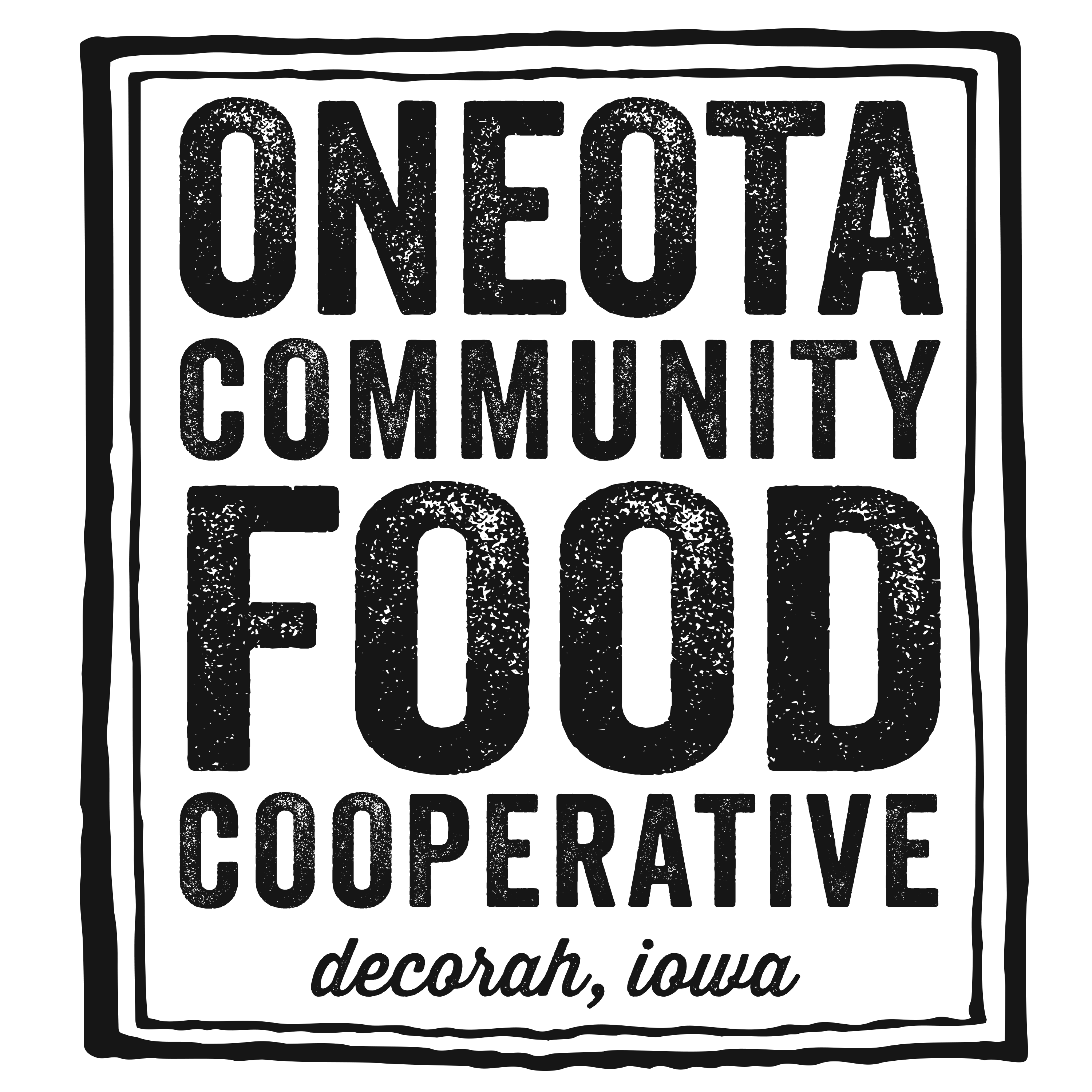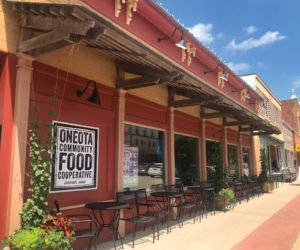By Nate Furler, Marketing Manager
It is always good to have a refresher concerning food labels. We’ve been hearing a lot from our producers, other food co-ops, members, customers, and the media about product labeling. The resurgence lately has been particularly focused on the difference between the terms “organic” and “natural.”
Through the information contained below, we have attempted to outline the most widely used claims found on food labels. We hope this enlightens you and gives you something to think about during your next grocery shopping trip.
The majority of the information comes directly from the USDA and FDA. If you wish to know more about organic standards in particular, we urge you to visit the following USDA source online: www.ams.usda.gov. Simply look for the link to the National Organic Program on the left side of the page. Concerning nutritional labeling, including the use of the term “natural” as it pertains to products aside from livestock and eggs, check out the FDA website at: www.fda.gov/ForConsumers/ConsumerUpdates/ucm094536.htm
On the label:
“100 percent organic”
Label specifics: The label must identify each organically produced ingredient in the ingredient statement on the information panel. The name of the certifying agent of the final product must be displayed on the information panel. There are no restrictions on use of other truthful labeling claims such as “no drugs or growth hormones used,” “free range,” or “sustainably harvested.”
Use of USDA Organic seal: YES, may use but not mandatory.
What it means: Products must contain (excluding water and salt) only organically produced ingredients and processing aids.



